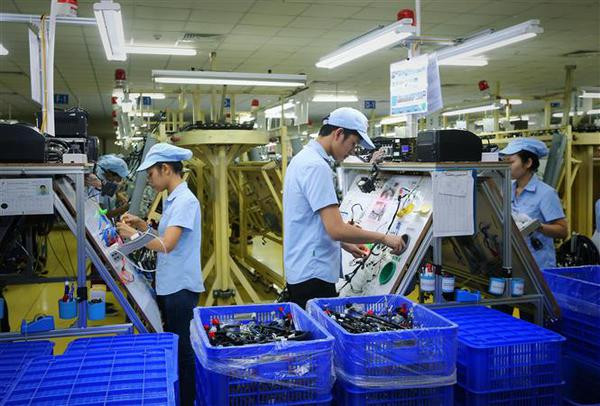Entitled “From Crisis to Endemic: Stumbling orPressing Ahead?” the report examined the economies of Indonesia, Vietnam,Malaysia, and Thailand, which together account for over 70 percent of overall ASEAN grossdomestic product (GDP).
In 2020, Vietnam was held up as a model for its ability tocurb the initial COVID-19 outbreak, with discipline and social support forstrong measures, resulting in low, near-zero numbers, it said. However, this has changed in 2021, when the country has experienced a surge of cases since 27 April, driven by the Delta variant, and the situation could not return to the previous low levels of infection.
The extensive lockdowns to prevent the spread of the coronavirus have disrupted not only local consumption but also impacting the manufacturing and supply chain activities to export markets. The pandemic impacts were especially felt by manufacturersof garments and electronics, noted the report.
At the macro-level, however, theVietnamese economy showed considerable resilience. Even amidst the 2021pandemic situation, trade numbers have remained strong with Vietnam’s total tradevalue of goods up 33.5 percent year-on-year in the first five months of 2021. Thisis supported by strong economic recoveries in major markets, especially the USand China, according to the report.
 Economists forecast Vietnam should still attract some 30 billion USD in foreign direct investment this year. (Photo: VNA)
Economists forecast Vietnam should still attract some 30 billion USD in foreign direct investment this year. (Photo: VNA)At a conference to announce the reports, experts held thatthe investment environment of Vietnam in the long term is prominent compared toother ASEAN major economies thanks to the political stability. Vietnameseattraction also comes from the country’s special policies to facilitateproduction and technology development, they said./.




























